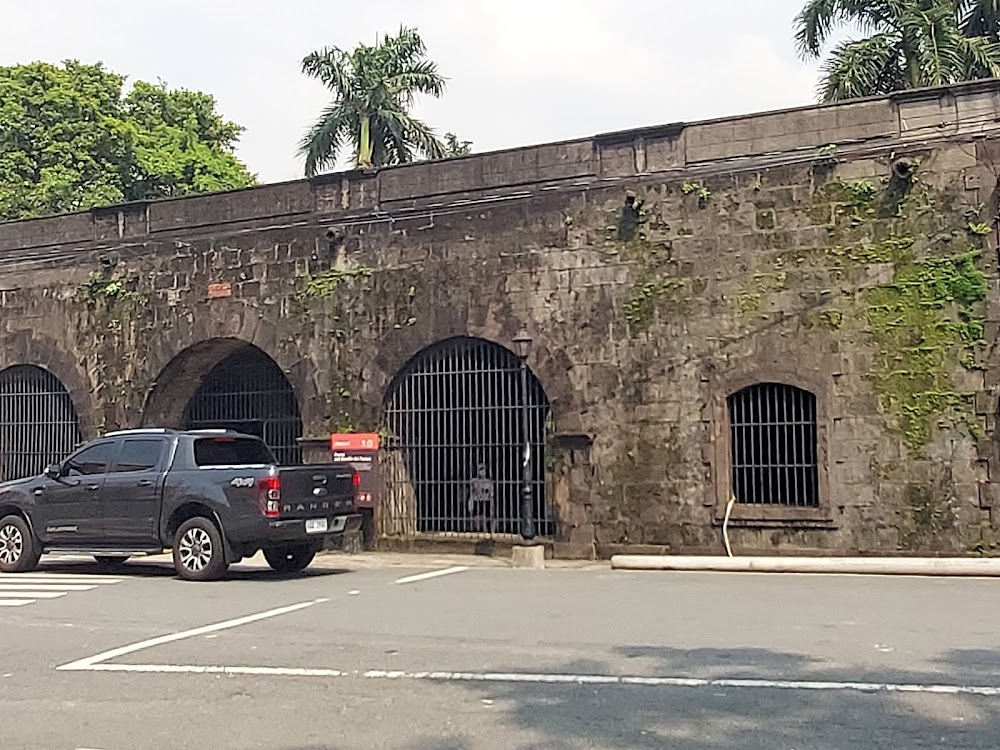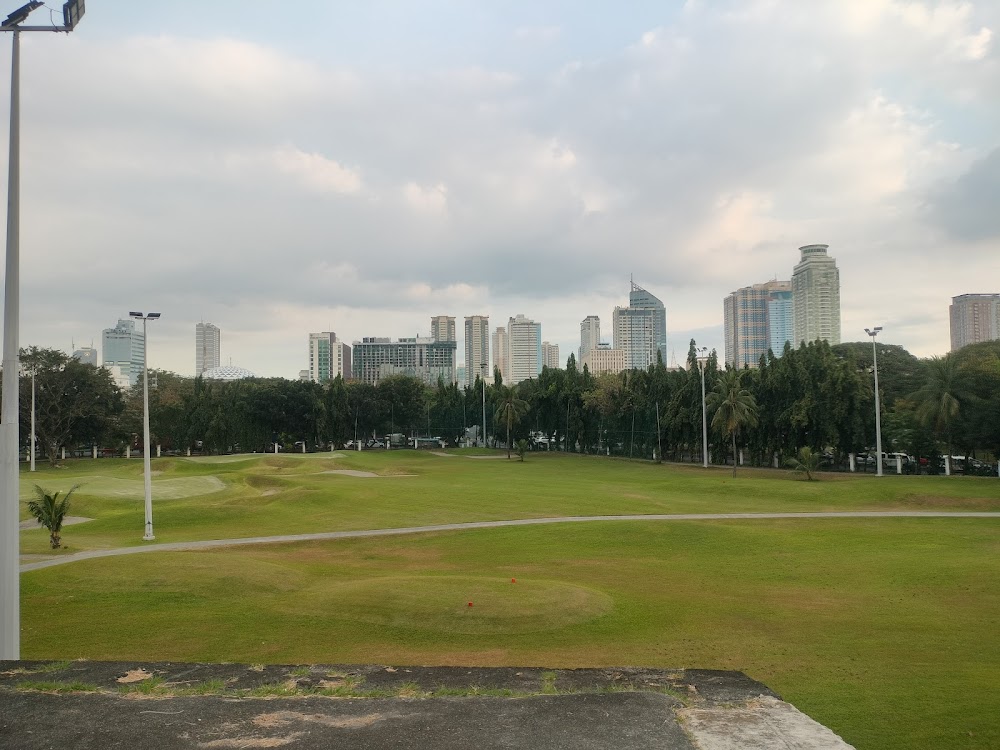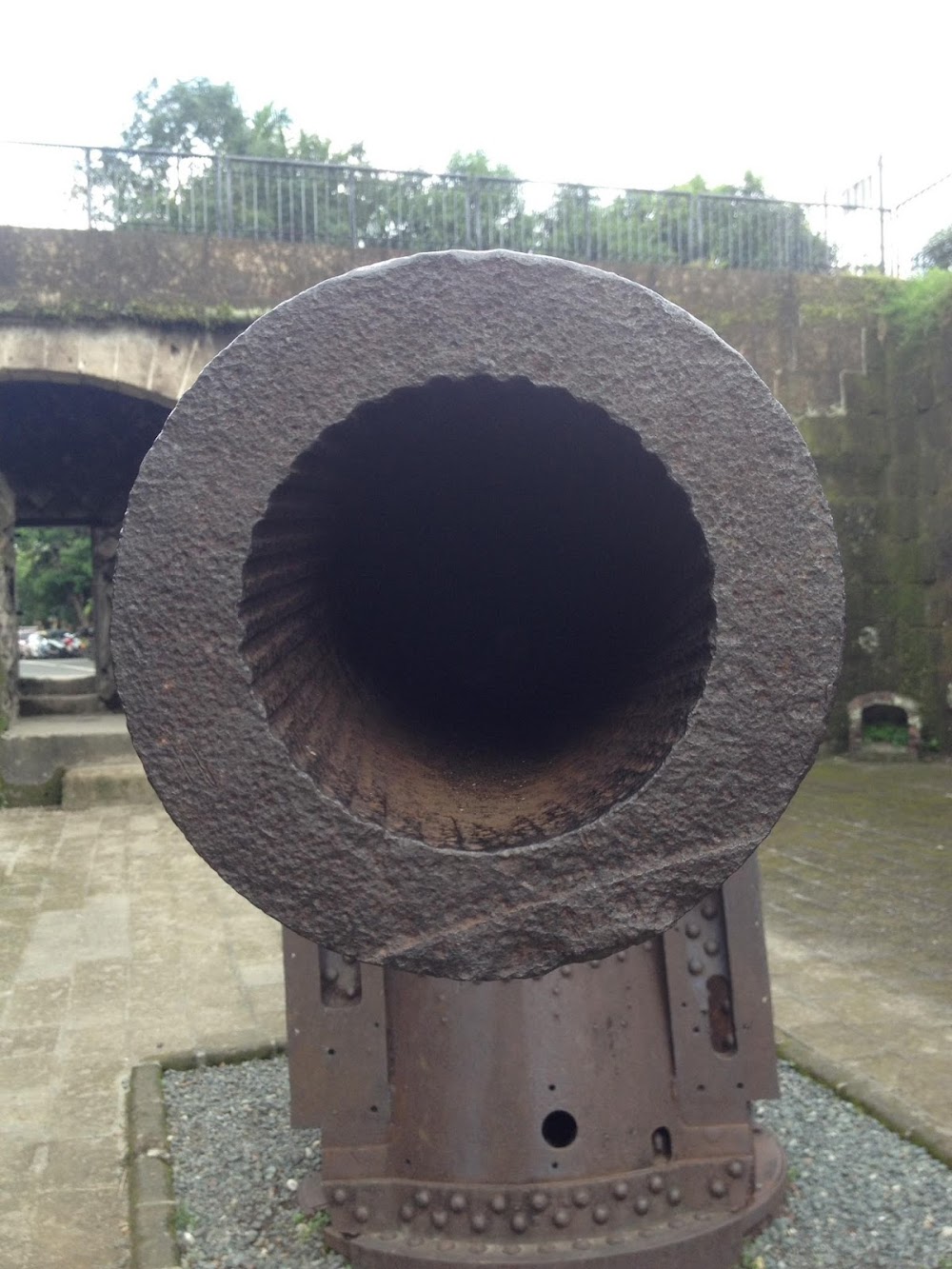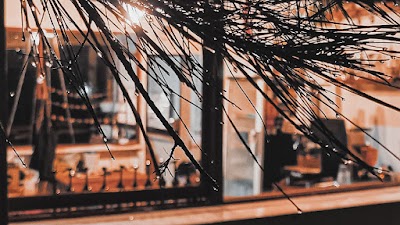Japanese Cannon Site (Situs Meriam Jepang)
Overview
The Japanese Cannon Site in Kalimantan Utara, Indonesia, is a remarkable historical landmark that offers a glimpse into the turbulent era of World War II. Nestled within the natural beauty of North Kalimantan, this site attracts both history enthusiasts and curious travelers eager to explore its storied past.
During the war, Japanese forces occupied various regions across Southeast Asia, including parts of what is now Indonesia. Kalimantan, formerly known as Borneo, held strategic importance due to its rich resources and pivotal location. As the Japanese military established their presence in the region, they constructed several defensive structures, with the Japanese Cannon Site being one of the key installations designed to fortify their positions.
The cannon itself is a striking relic, crafted from heavy metal and engineered for long-range bombardment. Manufactured in Japan during the wartime period, this type of cannon was typically deployed on battleships and coastal defenses. The Japanese transported these formidable weapons to occupied territories to bolster their defenses against the advancing Allied forces.
The decision to place a cannon in Kalimantan Utara involved a meticulous construction process. First, the Japanese identified a strategic location on a hillside, providing a commanding view of crucial land and water routes—ideal for monitoring and targeting enemy movements. The surrounding dense jungle served as natural camouflage, making the cannon site difficult to detect from the air.
Japanese engineers and soldiers undertook the challenging task of clearing the area, which required cutting down trees and leveling the terrain. Given the remote setting, the heavy cannon and construction materials were transported through a combination of manual labor and rudimentary vehicles. This operation demanded coordinated efforts from numerous soldiers, along with local laborers conscripted into service.
Once the site was prepared, the cannon was securely anchored to withstand the recoil from firing. Crews constructed reinforced concrete bunkers around the installation for ammunition storage and soldier protection. The construction also included a command post, observation points, and living quarters, creating a small but self-sufficient military outpost.
Despite its strategic importance, the Japanese Cannon Site never saw extensive combat. As the tides of war shifted against Japan, Allied forces opted to bypass many of these installations, focusing instead on reclaiming larger, more critical bases. By the end of the war, the site was left abandoned as Japanese forces retreated.
In the years that followed, the jungle reclaimed the area, with the cannon standing as a silent testament to the past. Recognizing its historical significance, locals in Kalimantan Utara took steps to preserve the site. Over time, interest from historians, educators, and tourists grew, prompting efforts to maintain and restore the location.
Today, the Japanese Cannon Site has been partially cleared of overgrown vegetation, allowing visitors to view the cannon and remaining structures. Informational plaques around the site provide context and educate guests about its rich history, offering insights into the living conditions of soldiers and the strategic importance of the location.
This well-preserved piece of history serves as a poignant reminder of World War II's reach and impact, even in remote corners of the world like Kalimantan Utara. It stands as a tribute to the endurance and resilience of those who built, operated, and continue to safeguard this significant historical landmark.








